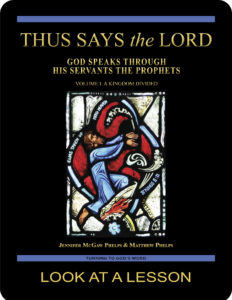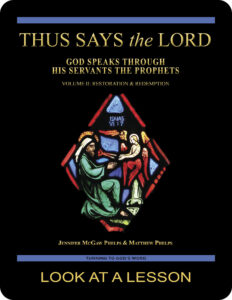magi
 A few interesting translation questions arise related to the magi who appear in the second chapter of the Gospel According to Matthew. Perhaps the most intriguing is found in the Gospel According to Matthew 2:10: “And when they saw the star, they rejoiced with exceedingly great joy.” There’s not much more that could be done linguistically to add emphasis to how much joy was felt. The author has gone far out of the way to emphasize the greatness of joy in this passage, which seems designed to contrast the reception of Jesus by the Jews with his reception by Gentiles.
A few interesting translation questions arise related to the magi who appear in the second chapter of the Gospel According to Matthew. Perhaps the most intriguing is found in the Gospel According to Matthew 2:10: “And when they saw the star, they rejoiced with exceedingly great joy.” There’s not much more that could be done linguistically to add emphasis to how much joy was felt. The author has gone far out of the way to emphasize the greatness of joy in this passage, which seems designed to contrast the reception of Jesus by the Jews with his reception by Gentiles.
Also of interest is the term used to describe the magi or wise men. This is a term that originally referred specifically to Persian priests and wise men who also interpreted dreams. I was tempted to translate it here as “wizards” in an effort to point out that there is something a bit unusual and somewhat mysterious about these people who are rejoicing. Note that they receive dreams from God just as Joseph does.
With the popularity of the Harry Potter books, however, I fear that the term wizards easily could be read to mean having special power rather than having tremendous knowledge and wisdom, which is what the text here intends. Note that the priests and scribes among the Jews also are able to ascertain the place of the birth of Jesus, but not a single one of them manages to be present. These wise men not only know that the Jewish Messiah is coming, they also seem to have some idea of what that means for humanity.
related topics: favor with God; joy
you also may like our two-part study of the prophets

 Thus Says the LORD: God Speaks Through His Servants the Prophets—Volume I: A Kingdom Divided examines the prophets in their historical context using the First and Second Books of the Kings and other Old Testament passages written before the Babylonian Exile in 586 B.C. Volume II: Restoration & Redemption looks at the post-exilic prophets. This 51-lesson Catholic Bible study builds on The United Kingdom of Israel: Saul, David & Solomon Foreshadow Christ the King. Click on the books’ covers to view a sample lesson from each volume.
Thus Says the LORD: God Speaks Through His Servants the Prophets—Volume I: A Kingdom Divided examines the prophets in their historical context using the First and Second Books of the Kings and other Old Testament passages written before the Babylonian Exile in 586 B.C. Volume II: Restoration & Redemption looks at the post-exilic prophets. This 51-lesson Catholic Bible study builds on The United Kingdom of Israel: Saul, David & Solomon Foreshadow Christ the King. Click on the books’ covers to view a sample lesson from each volume.
 Click on the picture of the statue of Moses with horns (above) to learn more about Lost in Translation. A new entry is archived each Monday. Contact us to receive Lost in Translation by email every week. You may use any of the contact links on our website to ask Matthew a question.
Click on the picture of the statue of Moses with horns (above) to learn more about Lost in Translation. A new entry is archived each Monday. Contact us to receive Lost in Translation by email every week. You may use any of the contact links on our website to ask Matthew a question.
